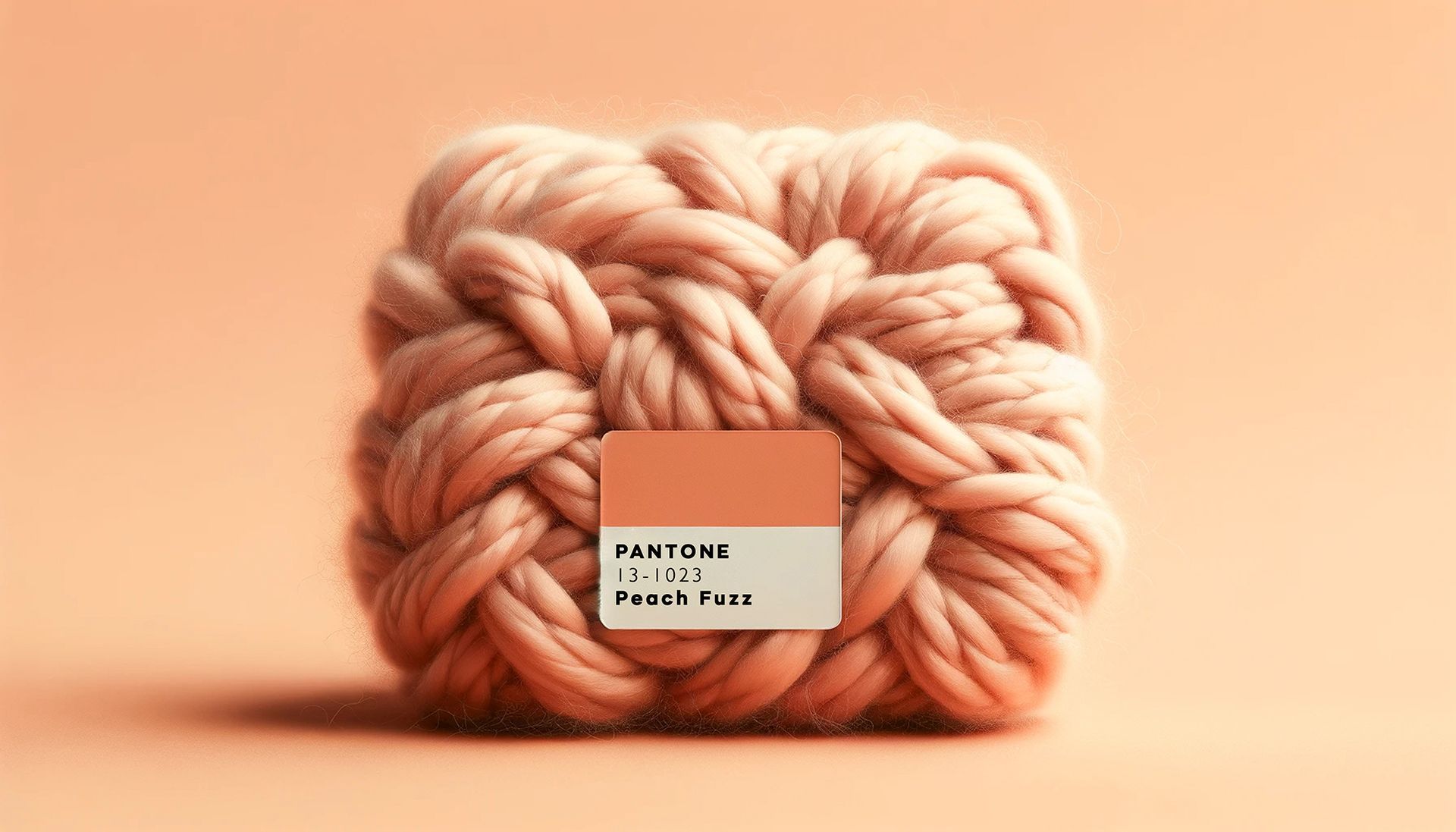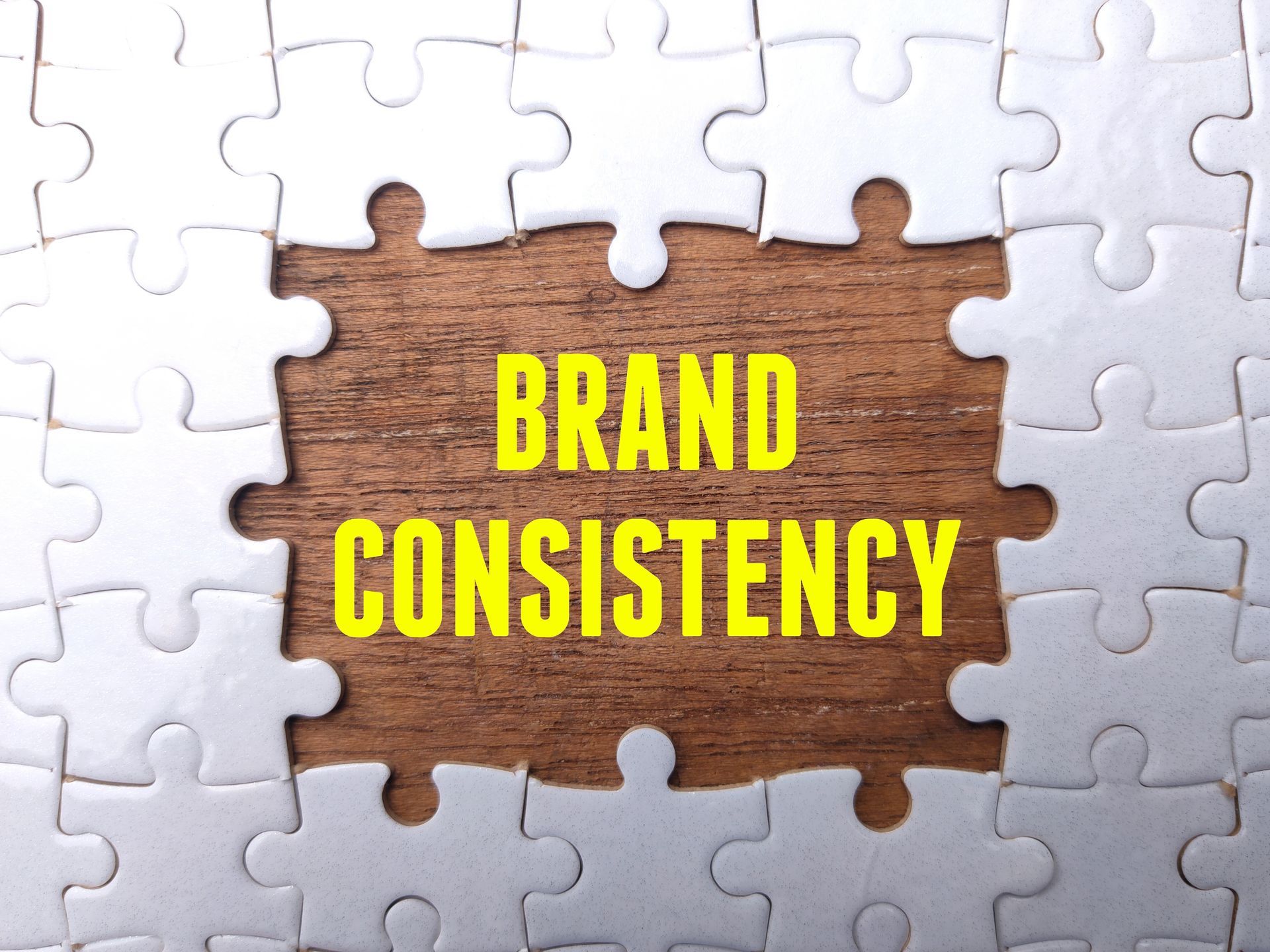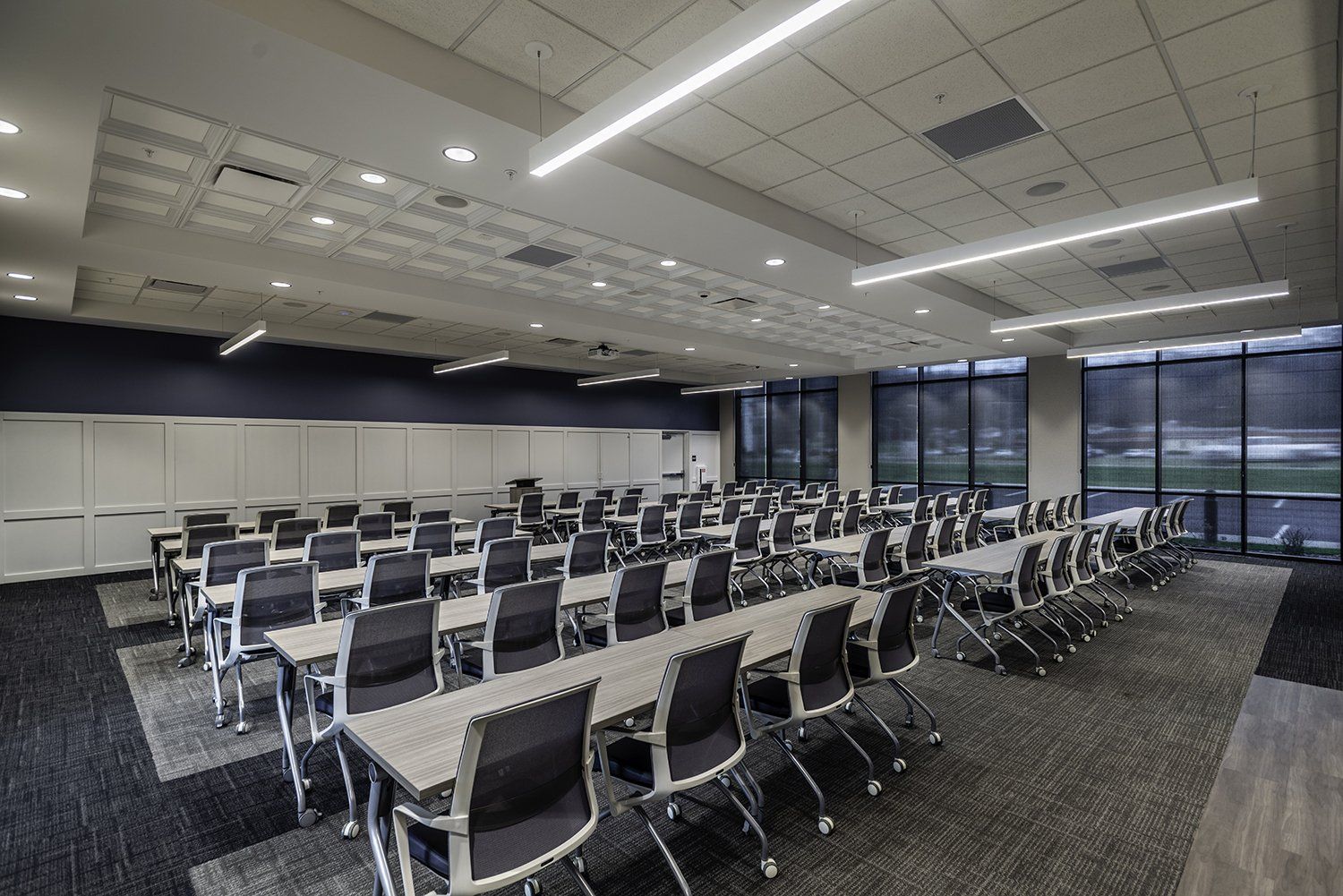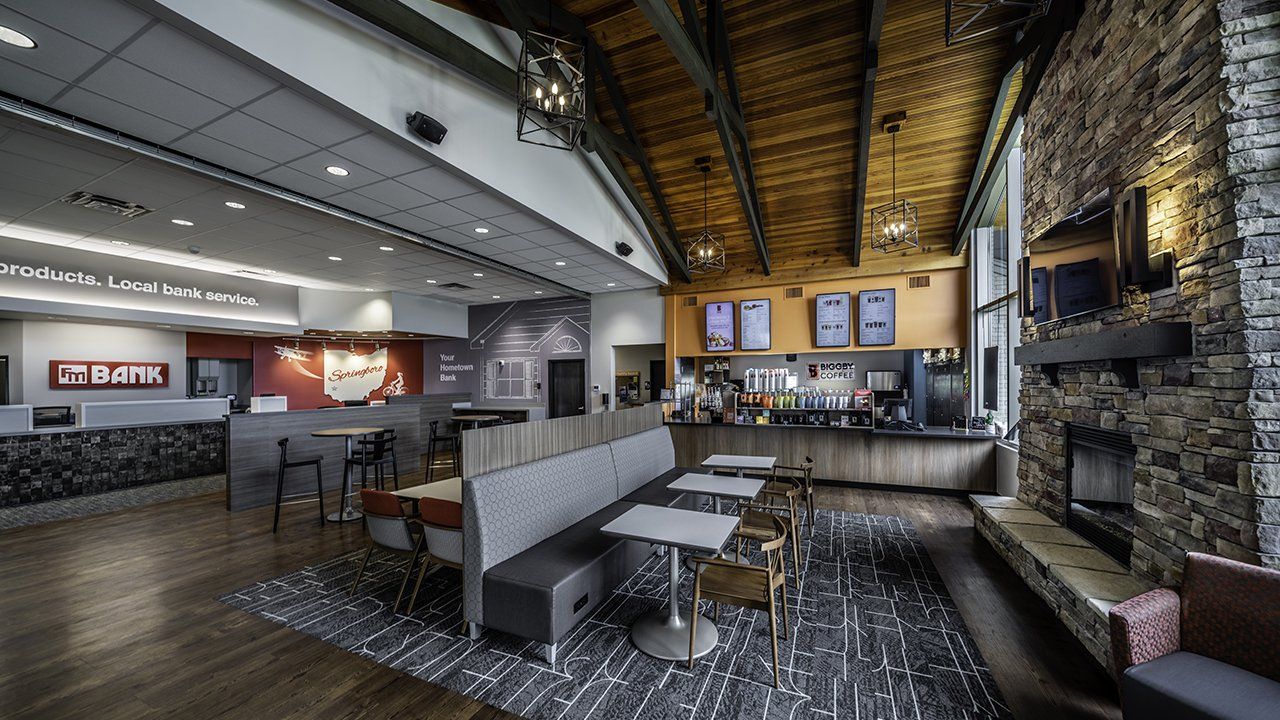Menu
Follow us on:

BUILDING INDUSTRY OVERDUE FOR DISRUPTIVE INNOVATION

In the dynamic world of corporate office interiors, staying ahead of design trends is crucial to creating spaces that not only inspire productivity but also reflect the latest aesthetic sensibilities. As a firm specializing in corporate office design, K4 embraces Pantone's Color of the Year for 2024 - Peach Fuzz. This warm and inviting hue offers a fresh perspective on creating contemporary workspaces that balance sophistication and comfort and an opportunity to infuse sophistication, and a touch of modernity into the corporate design landscape. Peach Fuzz, a delicate and nuanced shade blending peach and blush, brings a sense of tranquility and optimism to any space. When incorporated into corporate office interiors, this color has the power to redefine the atmosphere, promoting a positive and collaborative environment. K4 is committed to enhancing the workplace experience, and we recognize the significance of color in influencing mood and productivity.

In the dynamic landscape of community banking, where the strength of relationships is paramount, the role of design extends beyond aesthetics—it becomes a strategic catalyst for talent acquisition and retention. In an era where attracting and retaining top talent is pivotal for organizational success, the significance of an intentionally designed workspace cannot be overstated. In this article, we delve into how strategic design decisions can not only enhance the physical environment but also foster a culture of engagement, innovation, and long-term commitment among employees, contributing to relationship building and the overall prosperity of community banks. Join K4 on this journey through the intersection of design and community banking, where the blueprint for success lies in the spaces we create for those who make our banks the heart of the community.

In the previously published Journey to Brand Consistency: Part I, K4 addressed Facilities, Marketing & People as the three pieces that comprise the Financial Success Puzzle for community banks. This article examines one level deeper in unifying physical and digital marketing assets within the Financial Success Puzzle, and the importance of creating a harmonious and powerful brand identity across all platforms. In the fast-paced and ever-evolving community banking industry, maintaining a strong and recognizable brand presence is vital for success. As a full-service design and branding firm working closely with community banks, we have witnessed the transformative power of consistent marketing assets in bridging the gap between the physical and digital realms. By solidifying the customer experience across all touchpoints, banking institutions can establish a stronger emotional connection with their customers and create a lasting impact on their success. Investing in brand consistency is not only a strategic move but also a reflection of a bank's commitment to their own stability and future growth.

Now more than ever, brand consistency is of utmost importance to financial institutions. Creating brand consistency goes a long way in building brand trust, increasing customer/employee/community loyalty, and impacting your bottom line. Why is there so much brand inconsistency in the community banking landscape? Because being brand consistent requires change and commitment, and it can be tedious and expensive. Taking the first step is often overwhelming. Where do you start? What do you update first? These are excellent questions, but there are other important questions to consider. What is the cost of NOT getting brand consistent or what is the cost or potential loss of creating brand confusion? Inconsistencies are costing your bank time and money. Not practicing brand consistency will cost you significant consequences to customer experience, brand reputation, and overall loss of trust – all of which can impact your bottom line. Conflicting brand usage accounts for a damage to brand credibility, making it harder to compete in the market. As K4 gets ready to hit the road in 2023, presenting at various community banking conferences on this topic, we thought it was important to preamble this timely subject of the Financial Success Puzzle. At K4, we define the Financial Success Puzzle as a 3-piece formula to creating and maintaining brand consistency for community banks. This formula is simply the act of connecting people to place and connecting brand identity to place. Many retailers have capitalized on this concept for years. Your branch facilities, marketing & people MUST work together to create stability and not only that…they must be triplets, not just siblings. They can’t just resemble one another; they need to be nearly identical in their delivery.

For decades, small town business districts across America have featured a strong physical presence from a local bank perspective. Near the courthouse or city hall, these buildings are often identified by their traditional columns and prominent facades of brick or stone. Not only do these structures help establish the fabric of the streetscape; they often contribute to defining the social framework of the residing individuals and neighborhoods, supporting the hopes and dreams of generations. Community banks need to continue to reinforce their presence and values to those individuals and businesses in the geographic areas they serve. Making your bank’s physical appearance memorable, builds brand awareness and offers an opportunity to reinforce the benefits of banking locally which includes working with trusted friends and neighbors. Many community banks are exploring ways to create community space by revitalizing main offices and branch experiences while positioning themselves as a valuable and integral local resource.
Jun 22, 2022






